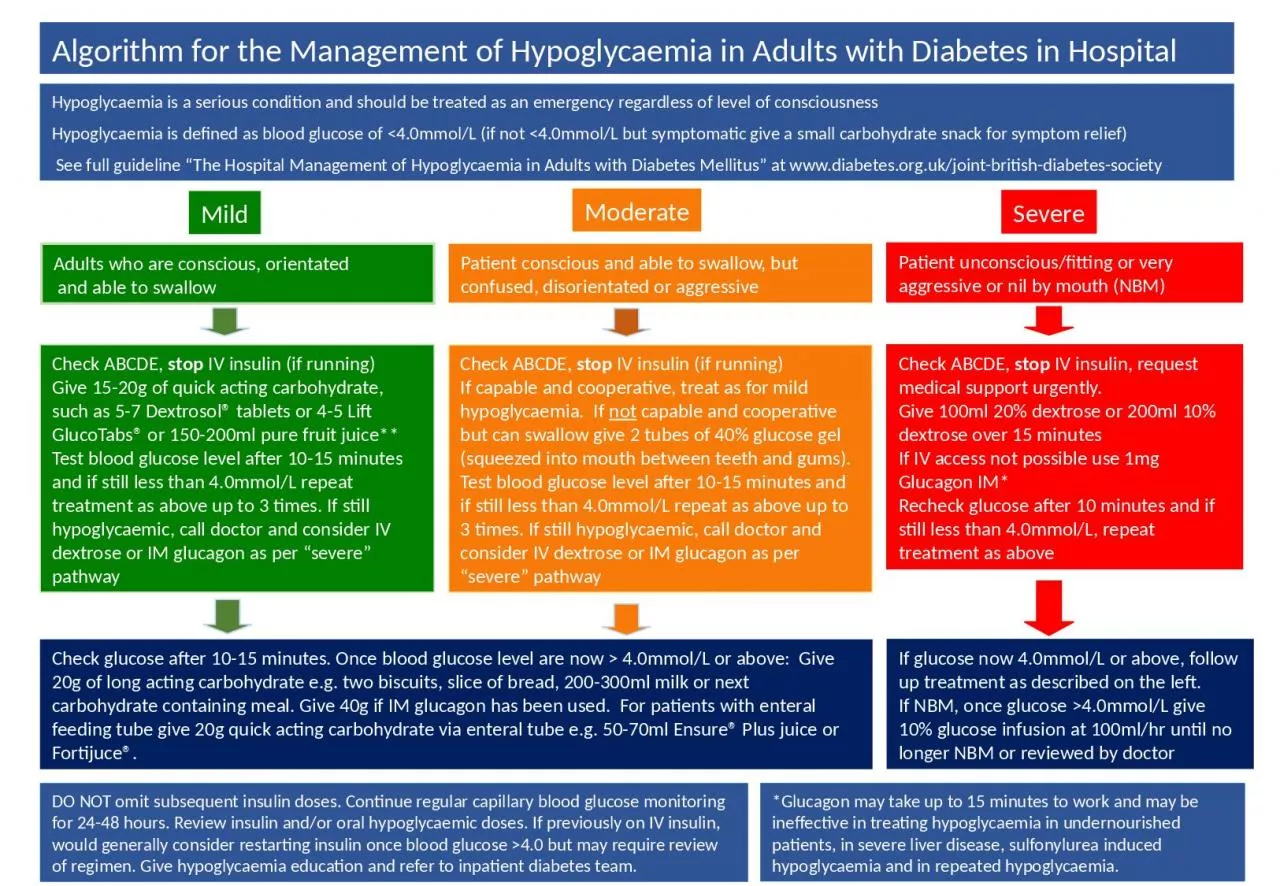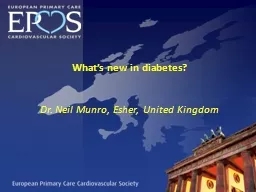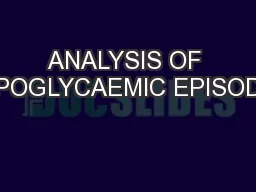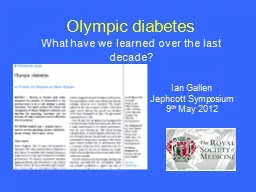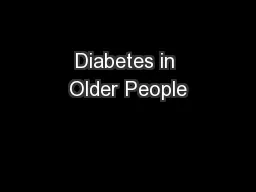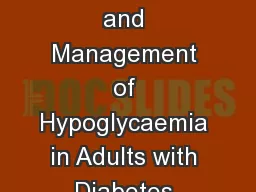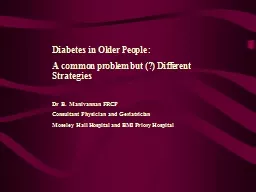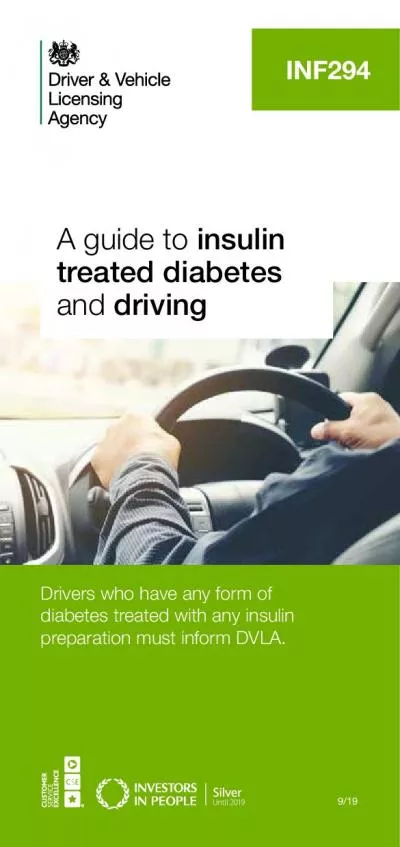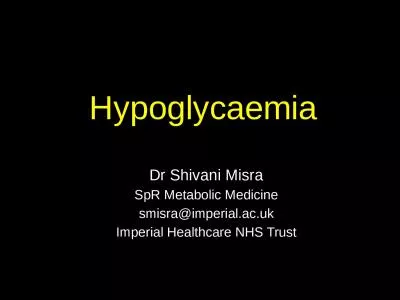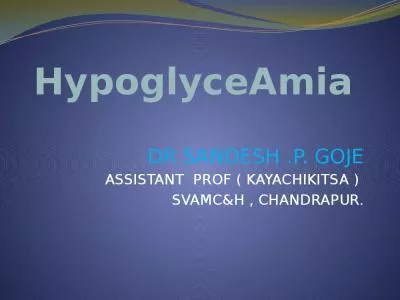PPT-Algorithm for the Management of Hypoglycaemia in Adults with Diabetes in Hospital
Author : harper | Published Date : 2024-03-13
Hypoglycaemia is a serious condition and should be treated as an emergency regardless of level of consciousness Hypoglycaemia is defined as blood glucose of lt40mmolL
Presentation Embed Code
Download Presentation
Download Presentation The PPT/PDF document "Algorithm for the Management of Hypoglyc..." is the property of its rightful owner. Permission is granted to download and print the materials on this website for personal, non-commercial use only, and to display it on your personal computer provided you do not modify the materials and that you retain all copyright notices contained in the materials. By downloading content from our website, you accept the terms of this agreement.
Algorithm for the Management of Hypoglycaemia in Adults with Diabetes in Hospital: Transcript
Download Rules Of Document
"Algorithm for the Management of Hypoglycaemia in Adults with Diabetes in Hospital"The content belongs to its owner. You may download and print it for personal use, without modification, and keep all copyright notices. By downloading, you agree to these terms.
Related Documents

